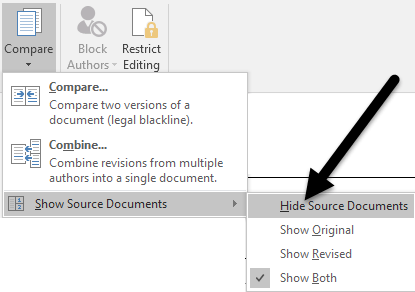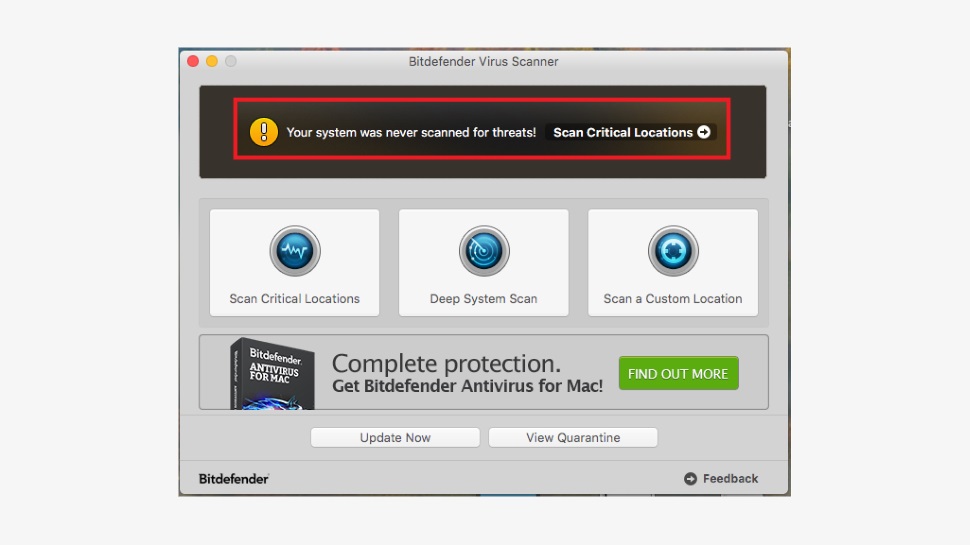Word For Mac 2016 Compare Redline Or Blackline

Word has two really useful features that almost no one ever uses: Compare Documents and Combine Documents. As their names imply, the features let you either compare two Word docs against each other or combine two together.
Hi all, I am using Word 2016 and am having problems with track changes. I have it set to show All Markup and under the show markup I have insertions and deletions ticked; however, when I delete something in the Word document, it is not showing as strike though and as such I cannot see that it has been deleted.
So when would you ever need to use this? Well, if you’re like me, you probably have 20 different versions of your resume saved in various locations over the years. Sometimes I modify a resume slightly for a particular company to stress a particular skill or sometimes I’ve added stuff and just saved a new copy.
Anyway, it would be nice to quickly see the difference between my latest resume and older ones to see if there is something I should add to the latest one or possibly remove. In this post, I’ll show you how you can use these two features to quickly find differences between two documents and merge them if you like.
Compare & Combine Documents
In my example, I wanted to see what the difference was between my old resume written in 2007 and the latest one updated in 2013. To do this, open Word, click on the Review tab and then click on Compare.
This will bring up the Compare Documents dialog box where you need to pick your original document and revised document.
At the bottom, you’ll see a whole slew of comparison settings, which you can just leave all checked. By default, it will also show all the changes in a new document, which is better than messing with your original or revised documents.
A new document will open with several different sections: a scrollable list of revisions on the far left, the combined document showing all changes in the middle and the two original documents on the right hand side. Let’s take a closer look at each section.
As you can see here, I’ve deleted a few things and inserted a couple of other lines of text. If you double-click on any of the headings (Aseem Kishore Inserted or Aseem Kishore Deleted), it will move the cursor to that exact position in the document.
In the center, you will see these revisions in various colors. By default, anything with a strike-through is what has been deleted and anything in red and underlined is what has been added to the revised document. Anything in green has been moved around. The place where it was moved from will be double strike-through green and the place where it has been moved to will be double underlined green as shown here:
Finally, on the right hand side, you’ll see the original document at the top and the revised document down below. As you scroll the top document, the bottom one follows along so that they are in sync. You can scroll the bottom one independently of the top screen, though.
In addition to this view, you can also remove both the source documents from the right pane and instead show balloons to easily see the changes. To see what I mean, go ahead and click on the Compare button again, then on Show Source Documents and finally click on Hide Source Documents.
Now click on the Show Markup button under Tracking and click on Balloons and then Show Revisions in Balloons.
On the right hand side of the document, you’ll now see all the revisions with lines coming from the document. This can make it easier to see all the changes if you have a lot of them.
Note that if you just want to see the differences between the documents, then you really don’t have to do anything else. If you want to create a final document from these two documents, you can right-click on any change and choose to Accept or Reject.
Once you have finished, you can save the new document with all the changes you made. Combine Documents is pretty much exactly the same as Compare. If you choose Combine, you’ll get the same dialog where you have to choose the original and revised document.
Once you do that, you’ll get the same layout as before where you see the combined changes in the middle. Again, strikeout text is deleted, red underlined text is added and green text has been moved. Just right-click on each change and choose whether to accept or reject each change. When you are done, save the new combined document.
Feather M13-S SSD (1TB) and Tools, macOS - m.2 NVMe PCIe Drive Upgrade for Apple MacBook Pro 2013-2015, MacBook Air 2013-2017, iMac 2013-2017 4.2 out of 5 stars 78 $173.99 $ 173. To check the compatibility of your Intel® Solid State Drive (Intel® SSD) with a specific MacBook. model, we recommend that you contact the computer Original Equipment Manufacturer (OEM) directly. See our list of computer manufacturer support websites. M.2 to PCIe Adapter, NVME SSD to PCI-e 3.0 X16 Host Controller Expansion Card with Low Profile Bracket, Support M Key Solid State Drive Type 2280 2260 2242 2230 Converter to Desktop PCI Express Model #: ccssfg. Intel pci ssd for mac.
Overall, these are really useful for times when you have multiple versions of the same document or when several people edit one Word document and you end up with multiple documents to combine into one. If you have any questions, feel free to comment. Enjoy!

The term “legal blackline” comes from the legal profession where lawyers need to compare two documents. Usually it applies to contracts, but this essential Microsoft Word skill applies to any kind of document.
Comparing two documents side-by-side by eye can be laborious and prone to error. Microsoft Word has a better way tucked inside the Review pane. By the way, this is different than accepting changes and removing comments in Word.
How to Compare Microsoft Word Documents
The legal blackline feature compares two documents and shows you only what changed between them. The legal blackline comparison is displayed by default in a new third document.
- Launch Microsoft Word. Open the two documents that you want to compare.
- Go to the Ribbon > Review > Compare group > Click on Compare.
- Click Compare two versions of a document (legal blackline). Under Original document, browse and select the original document. Under Revised document, browse and select the other document that you want to compare.
- Click More, and then select the settings for what you want to compare in the documents. Under Show changes, choose whether you want to show character or word level changes. If you do not want to display changes in a third document, choose which document you want the changes to appear in. (The settings you choose here will become the default for any document comparisons from here on.)
- Click OK.
- If either version of the document has tracked changes, Microsoft Word displays a message box. Click Yes to accept the changes and compare the documents.
If you selected a new document, Microsoft Office Word opens a third document with the Reviewing Panes on display. Any tracked changes in the original document are accepted, and changes in the revised document are shown as tracked changes. You can control the tracking display from Ribbon > Review > Tracking Group.
What about Microsoft Excel files? Well, there are also methods to compare multiple sheets in Excel How to Compare Two Excel FilesNeed to compare two Microsoft Excel files? We show you two easy ways to compare your spreadsheets: manually side by side and conditional formatting. Read More . You can also use these Mac file comparison tools.
